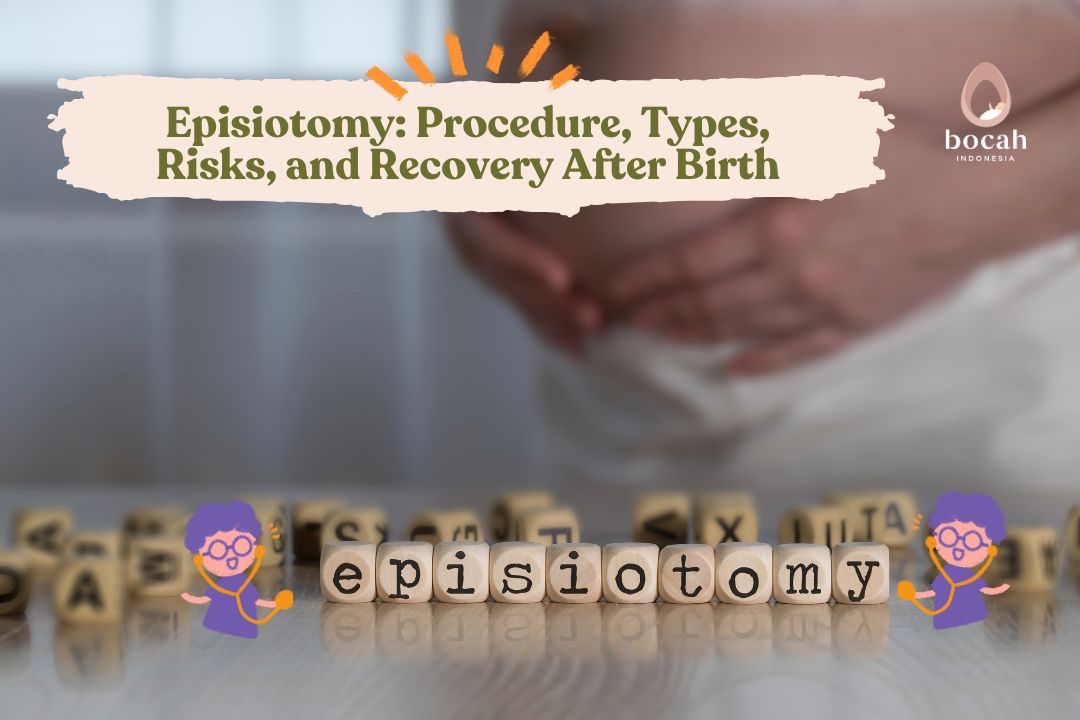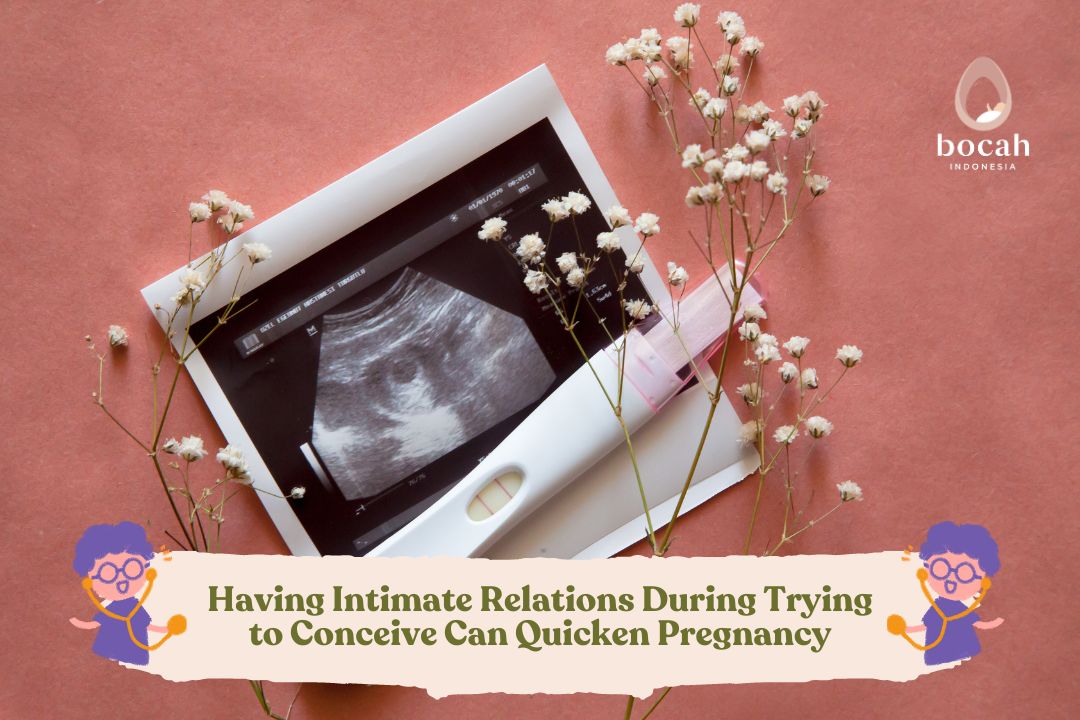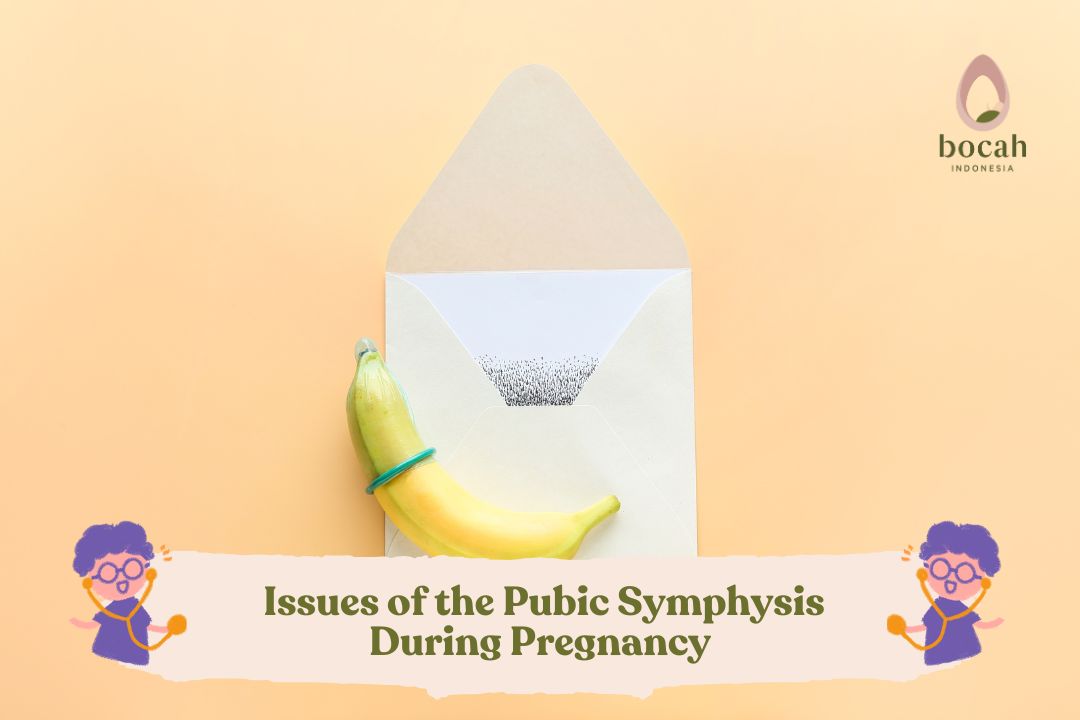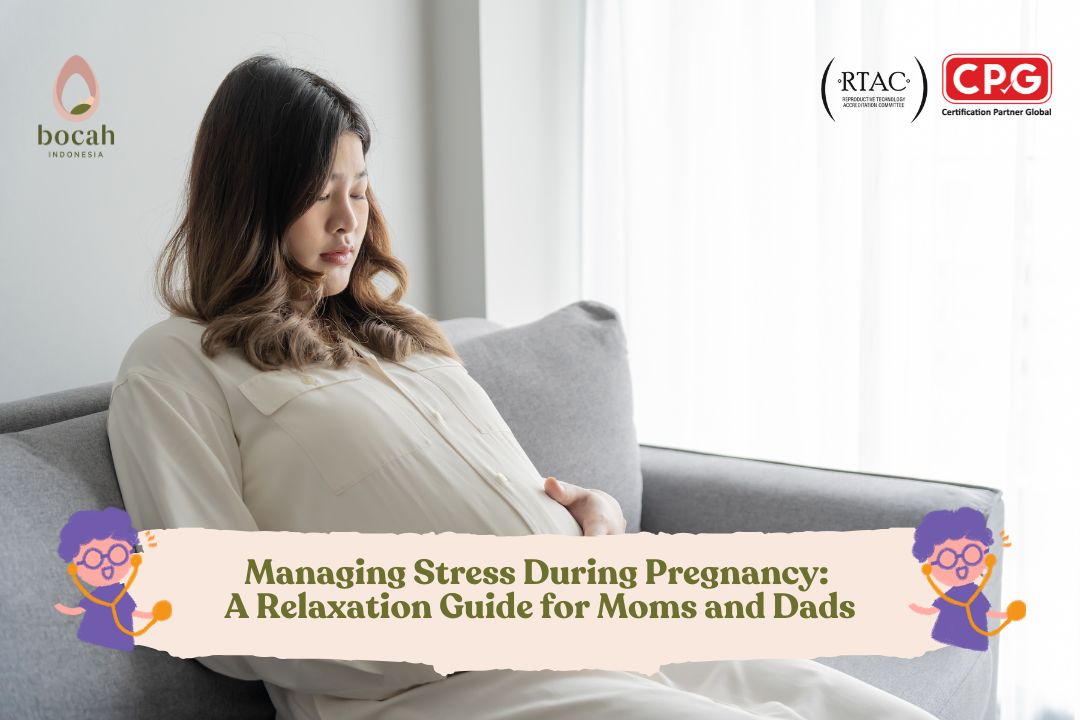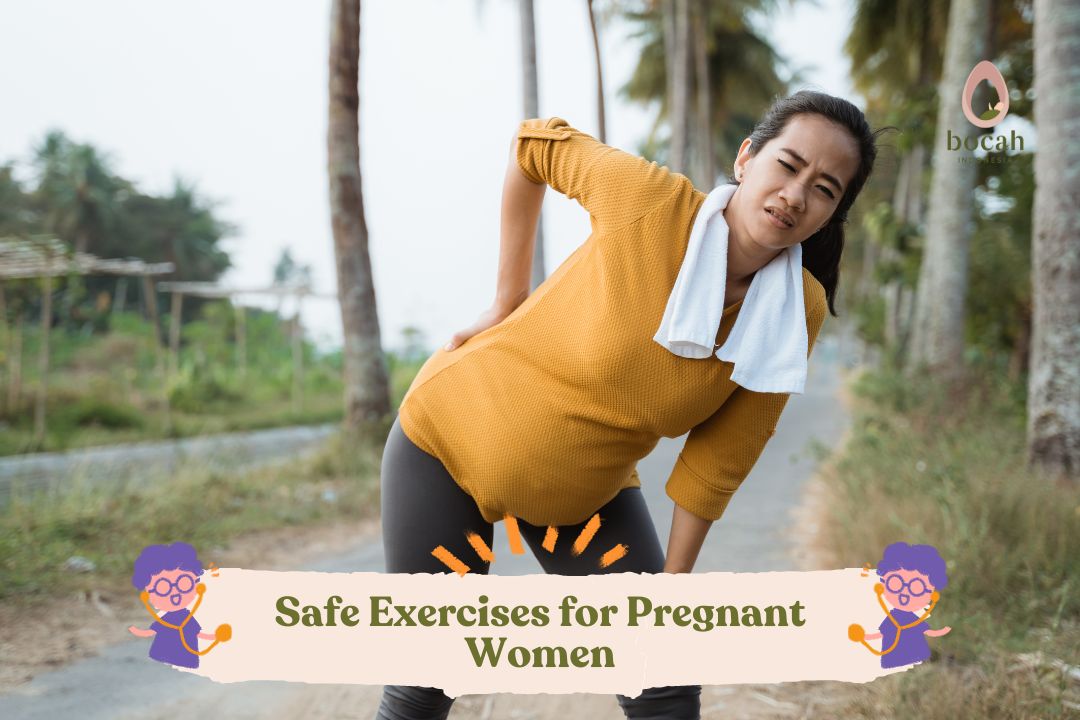Massage During Pregnancy: Benefits, Risks, and Safe Tips
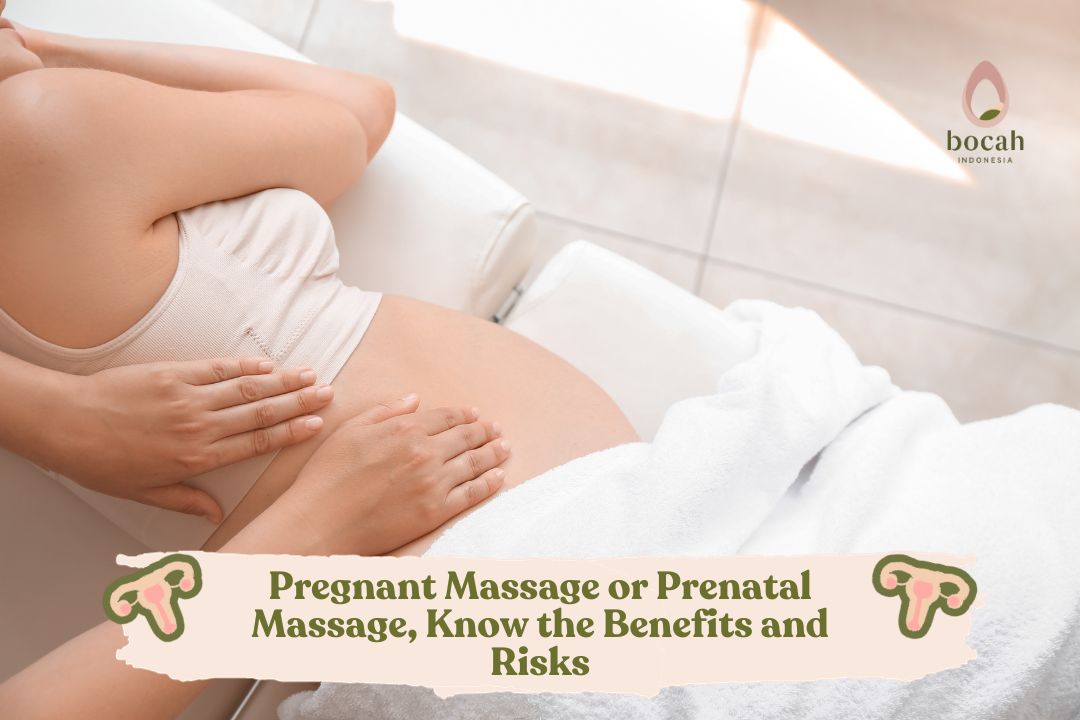
Here’s what you need to know about massage during pregnancy before trying it.
Pregnancy triggers various changes in a woman’s body and mind, bringing about various emotions and discomfort in areas that didn’t hurt before. Prenatal massage can help alleviate some of the discomfort during pregnancy and relax the mother’s body. But is it safe?
What is prenatal massage?
Massage therapy is a natural way to improve body function, reduce pain, and lower stress levels. In general, there are many types of massage therapy, including shiatsu massage, deep tissue massage, sports massage, and Swedish massage.
Prenatal massage, also known as prenatal massage, is a specific type of massage therapy designed for pregnant women. It primarily uses gentle Swedish massage techniques, which provide relaxation to the muscles throughout the body. The movements used in this massage technique include:
- Friction or circular movements
- Effleurage (long gliding strokes)
- Tapotement (quick percussion movements)
- Vibration (trembling and oscillating movements on specific muscles)
- Petrissage (kneading movements of the muscles)
Prenatal massage usually lasts between 15 minutes and 1 hour. The pressure during the massage is light and should not cause discomfort or pain after the massage. In other words, don’t expect deep tissue massages that might be done when the neck or shoulders are tense.
Tanya Mincah tentang Promil?
Special attention is given to the woman’s body position during the massage. The recommended position is lying on the left side, considered the safest position for optimal heart function and oxygen flow to the fetus.
Benefits of massage during pregnancy
In general, Swedish massage can help improve blood circulation, enhance joint and muscle function, and reduce physical and mental fatigue. For pregnant women, the primary benefits of prenatal massage include the following:
Hormone regulation
Studies conducted over the last 10 years have shown significant changes in hormone levels related to stress and relaxation when prenatal massage is introduced into prenatal care. This condition allows for mood regulation and improved heart health.
The studies found that women who received prenatal massage every two weeks for five weeks experienced a decrease in stress hormones norepinephrine and cortisol. Conversely, there was an increase in dopamine and serotonin, both of which are associated with depression. Overall, this leads to a sense of well-being.
Evidence also suggests that these hormone level changes lead to fewer complications during childbirth and fewer complications in newborns, such as premature birth and low birth weight.
Reducing swelling
Edema, or joint swelling during pregnancy, is often caused by reduced blood flow and increased pressure on large blood vessels due to the enlarging uterus. Massage helps stimulate soft tissues to reduce fluid buildup in swollen joints and improves the removal of tissue waste through the lymphatic system.
Reducing pain
The expansion of the abdomen during pregnancy changes the center of gravity, necessitating changes in a woman’s body posture. These posture changes can lead to unusual pressures on certain joints and muscles, causing pain in the lower back, pelvis, and shoulders. Prenatal massage can alleviate this pain, particularly in the lower back and lower limbs.
Improving sleep quality
Many pregnant women experience difficulty sleeping for various reasons, including physical discomfort (especially in the third trimester), stress, and anxiety. Some studies have found a link between prenatal massage and improved sleep quality for pregnant women.
Are there any risks?
Although it is beneficial, prenatal massage still carries risks. These include the risk of miscarriage or preeclampsia if pregnant women are massaged regularly. Swelling can also occur in specific areas, especially with increased massage frequency.
To minimize these risks, the following areas should be avoided during the massage:
- Abdomen. Strong abdominal massage can stimulate contractions that trigger labor.
- Legs or lower limbs. A study highlights that pregnant women are more likely to experience unrecognized deep vein thrombosis. There is a possibility that intense leg massage can “release” blood clots, potentially causing blood vessel blockages.
- Areas around the ankle (ankle and heel). These areas have pressure points related to the uterus and ovaries. Massaging these areas is claimed to trigger contractions and labor.
In addition, there are conditions in which prenatal massage should absolutely not be done:
- High-risk pregnancy. Certain risk factors make a pregnancy high-risk, such as bleeding, premature contractions, and preeclampsia.
- Preeclampsia. This condition, which develops after 20 weeks of pregnancy, can also damage blood vessels, leading to strokes and even death. Massage can only be done after receiving permission from a doctor.
- Deep vein thrombosis (DVT). This disorder is characterized by swelling or warmth in one leg. If DVT is confirmed, massage should be postponed until the condition is resolved.
- Placental disorders (placenta previa, accrete, or placental abruption). These disorders can cause dangerous bleeding. Massage should be postponed unless a doctor has examined and approved it.
- Gestational diabetes. High blood sugar levels during pregnancy are not necessarily a contraindication for prenatal massage. However, women should have their blood sugar levels checked and receive approval from the treating doctor before getting a prenatal massage.
- At risk of preterm birth.
When and how often to get prenatal massage?
Women can start prenatal massage at any time, during the first, second, or third trimester. However, experts recommend waiting until the pregnancy reaches 12 weeks before starting prenatal massage. This is because women are at a higher risk of miscarriage before 12 weeks.
As the pregnancy enters the second trimester, prenatal massage can be done every two weeks. In the third trimester, the frequency of massage can be increased to once a week.
Safe prenatal massage tips
To ensure that prenatal massage is genuinely beneficial and free of side effects, first consult with your doctor to confirm that massage is safe for you. As mentioned earlier, not all pregnant women can undergo prenatal massage. After receiving approval from the doctor, look for a trained and certified massage therapist. Also, ensure that the massage facility is clean and uses the correct positions and safe massage techniques for pregnancy.
Additionally, there are several things you can do to ensure you have a positive prenatal massage experience:
- Try to relax before starting the massage. If your body feels uncomfortable, trust that the therapist will do their best for you.
- Communicate. Let your therapist know if you are uncomfortable exposing specific parts of your body. A professional massage therapist will create a safe and comfortable environment for the massage.
- Drink plenty of water before and after the massage.
- Limit the frequency of massage to no more than once a week.
- Avoid using certain essential oils during pregnancy. Safe oils include lavender, bergamot, frankincense, grapefruit, peppermint, and neroli.
Conclusion
Prenatal massage can be a way to relax the body and mind during pregnancy. However, it is advisable to consult with a doctor first to ensure that prenatal massage is genuinely safe and has a positive impact on your pregnancy.
Source:
- El-Hosary E, Abbas Soliman HF, El-Homosy S. Effect of therapeutic massage on relieving pregnancy discomforts. IOSR Journal of Nursing and Health Science. 2016;5(04):57-64.
- Hall HG, Cant R, Munk N, Carr B, Tremayne A, Weller C, Fogarty S, Lauche R. The effectiveness of massage for reducing pregnant women’s anxiety and depression; systematic review and meta-analysis. Midwifery. 2020 Nov 1;90:102818.
- Mueller SM, Grunwald M. Effects, side effects and contraindications of relaxation massage during pregnancy: a systematic review of randomized controlled trials. Journal of clinical medicine. 2021 Aug 6;10(16):3485.



